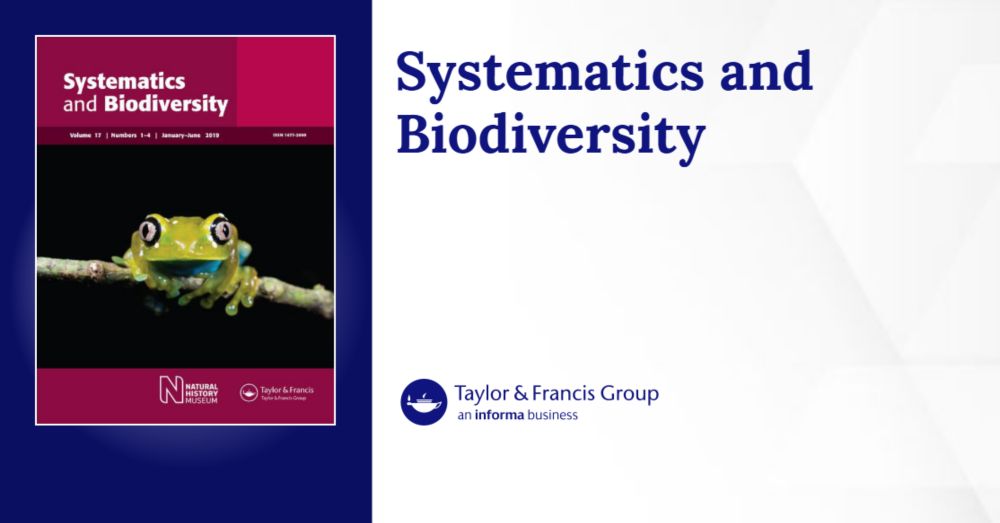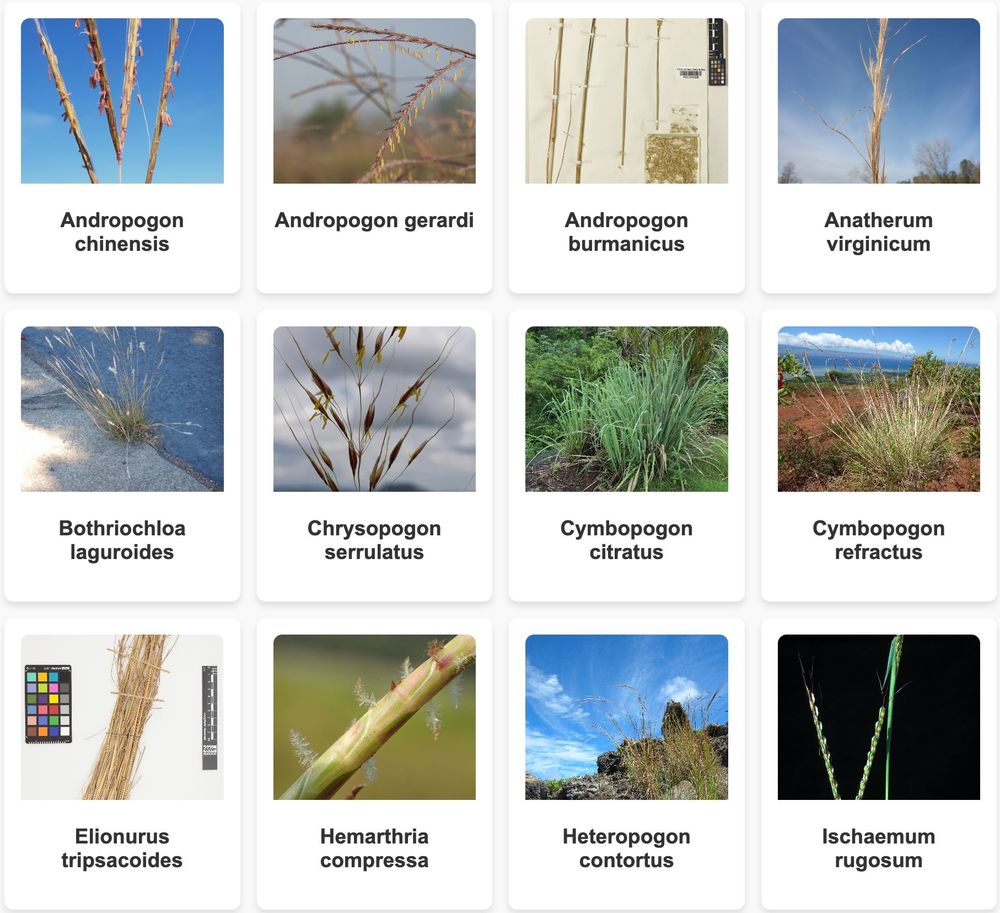
Michelle Stitzer
@mcstitzer.bsky.social
postdoc at cornell | evolution of transposable elements in corn and other grasses
Was so great to have the assembly of a member of sister tribe Paspaleae to use as an outgroup. Thanks!
January 31, 2025 at 11:41 PM
Was so great to have the assembly of a member of sister tribe Paspaleae to use as an outgroup. Thanks!
Reclassified to Anatherum virginicum in 2023! Sorry to you and Linnaeus www.tandfonline.com/doi/full/10....

Reinstatement and expansion of the genus Anatherum (Andropogoneae, Panicoideae, Poaceae)
The genus Andropogon sensu lato is known to be polyphyletic. Accordingly, we here adjust part of the classification of the genus to reflect its evolutionary history and morphological diversity. A p...
www.tandfonline.com
January 28, 2025 at 12:26 AM
Reclassified to Anatherum virginicum in 2023! Sorry to you and Linnaeus www.tandfonline.com/doi/full/10....
A monumental effort -- huge thanks to everybody involved! And see what individual plants and their genomes look like here: mcstitzer.github.io/panand_assemblies

January 27, 2025 at 9:33 PM
A monumental effort -- huge thanks to everybody involved! And see what individual plants and their genomes look like here: mcstitzer.github.io/panand_assemblies
We're not entirely sure why Andropogoneae resist the commonly observed patterns that follow polyploidy, but check out the preprint for our thoughts!
January 27, 2025 at 9:33 PM
We're not entirely sure why Andropogoneae resist the commonly observed patterns that follow polyploidy, but check out the preprint for our thoughts!
Instead, we see a surprising lack of genome evolution in Andropogoneae polyploids: they retain almost all chromosomes, keep most genes, and their TEs only sometimes expand.
January 27, 2025 at 9:33 PM
Instead, we see a surprising lack of genome evolution in Andropogoneae polyploids: they retain almost all chromosomes, keep most genes, and their TEs only sometimes expand.
We uncovered 14 independent origins of polyploidy in these grasses, and expected to see patterns similar to those observed in maize: a reduction in chromosome number, the loss of duplicate genes, and bursts of transposable element activity.
January 27, 2025 at 9:33 PM
We uncovered 14 independent origins of polyploidy in these grasses, and expected to see patterns similar to those observed in maize: a reduction in chromosome number, the loss of duplicate genes, and bursts of transposable element activity.

